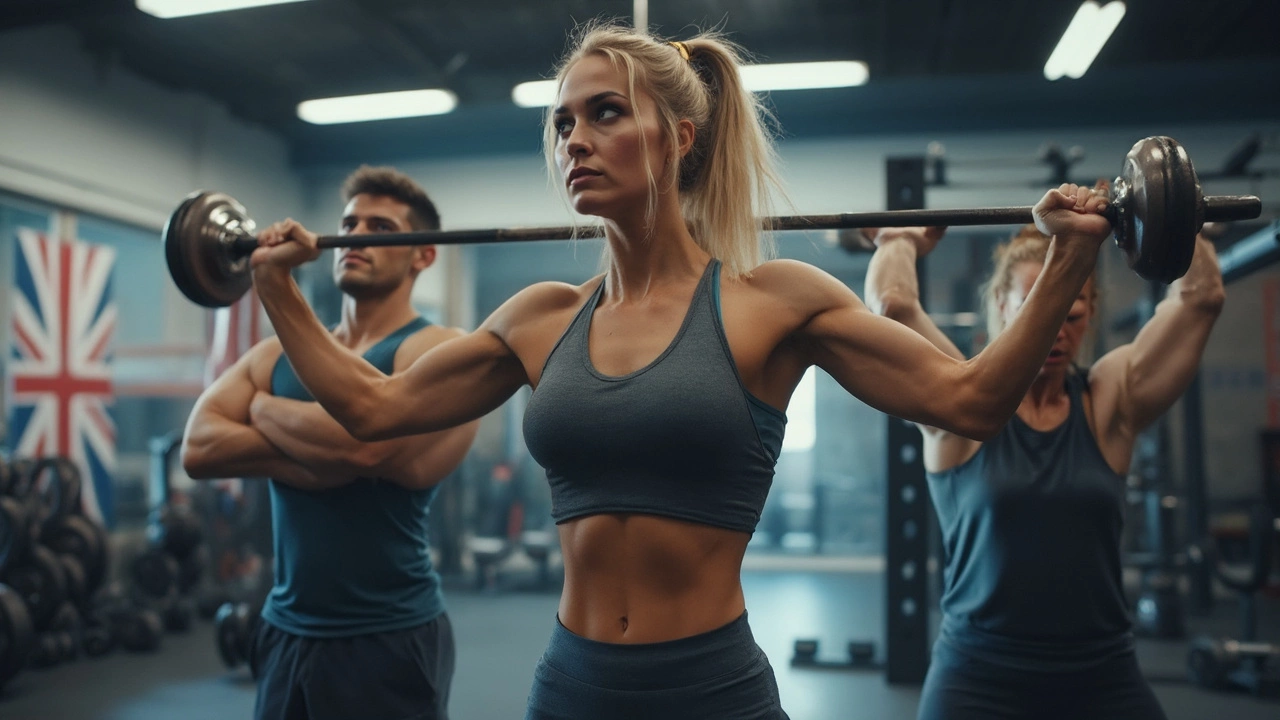
Gym Peak Age: When Do You Hit Your Best Performance?
Ever wonder why some people seem to lift heavier or recover faster at a certain age? It’s not magic – most of us hit a natural "gym peak" when our muscles, hormones, and recovery ability line up just right. Knowing when that window opens helps you plan training cycles, avoid plateaus, and keep injuries low. Below you’ll get the basics on the usual age range, what changes after it, and practical steps to stay strong even when you’re past the peak.
What Age Is Usually the Gym Peak?
For most men, the sweet spot lands between 24 and 30 years old. By then, testosterone levels are still high, joint health is solid, and you’ve usually built a decent training base. Women generally see their peak a bit earlier, around 22 to 28, thanks to different hormone patterns and often higher flexibility. These are averages – genetics, sport choice, and lifestyle can shift the window a few years either way.
During this period, you’ll notice faster strength gains, quicker recovery from heavy sessions, and an easier time adding muscle. If you’ve been training consistently for a few years, those numbers start to climb steeply. But as you slide past the late twenties, muscle protein synthesis starts to slow, and recovery nights may need extra sleep or nutrition.
How to Keep Getting Strong After Your Peak
Hitting the gym peak isn’t a deadline; it’s a launchpad. After 30, focus on smarter training instead of just heavier weights. Incorporate more compound movements that engage multiple joints, and balance them with mobility work to protect joints. Nutrition becomes even more critical – aim for at least 1.6 g of protein per kilogram of body weight daily and add omega‑3s for joint health.
Recovery tactics change, too. Prioritize sleep (7‑9 hours), use active recovery like light cycling or yoga, and consider periodisation – cycling through phases of volume, intensity, and deload weeks. These tweaks help counter the natural slowdown in hormone production and keep progress moving.
Finally, listen to your body. Small aches that linger could signal over‑use. Adjust volume instead of loading up on weight, and don’t skip regular check‑ins with a physiotherapist or trainer. Staying consistent, even with lighter loads, often yields better long‑term results than trying to chase the impossible "ever‑bigger" lifts.
Bottom line: Your gym peak age is a useful benchmark, not a life sentence. By adapting training, nutrition, and recovery you can keep adding strength and size well into your 40s and beyond. Use the age range as a guide, not a rule, and you’ll stay on track whatever the calendar says.
